Dekalb Amberlink or Amberlink chicken is one of the best brown egg layers, and it is famous among chicken keepers and farmers for its good benefits.
If you’re considering raising chickens for eggs, the Amberlink sex-linked chicken is worth considering.
In this article, you will learn all the information about the history & origin, color, size, appearance, raising benefits, and problems of Amberlink chickens.
This guide will help you understand this breed to determine whether Amberlink is right for you.
What is Amberlink Chicken?
Amberlink chicken is a hybrid breed developed by Hendrix ISA, a renowned poultry breeding company. This sex-linked chicken breed results from crossbreeding between popular breeds, Rhode Island Red and New Hampshire chickens.
The Delalb Amberlink hens lay medium brown eggs and have an excellent egg-laying capacity. The Amberlink chicken is developed from the ISA Hendrix genetic line.
The aim was to create a chicken breed that excels in egg production while maintaining a docile and friendly nature. This chicken is a free-range lover; they are very adaptive and love to forage.
Amberlink chicken is quite popular among backyard farmers and commercial poultry farmers. Amberlink chickens are both pretty and helpful with their white and shading feathers. They are a breed that gives you the best of both worlds.
You can’t breed two Amberlink hybrids simultaneously because this type of breeding is complicated.
Common Names of Amberlink Chicken
The Amberlink chicken is also popularly known as:
- Amber Sex-Link Chickens.
- Dekalb Amberlink.
- Dekalb White.
- Hy-line chicken.
History and Origin of Amberlink Chickens
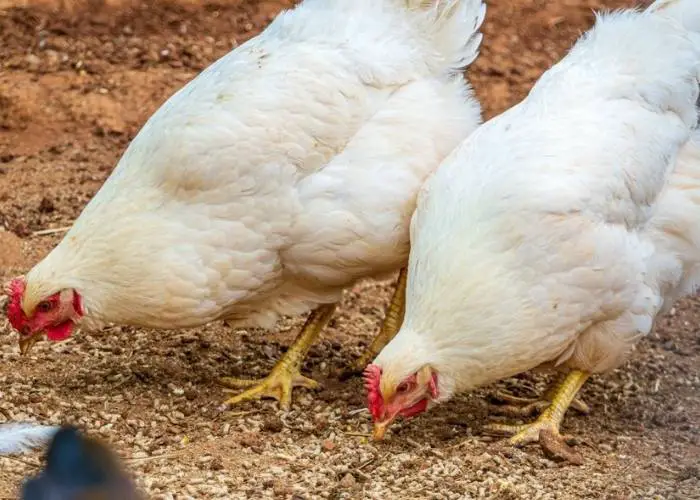
The Amberlink chicken is a hybrid breed that comes from the genetic line of ISA Hendrix. Other synonyms for these birds include Dekalb Amberlink and Hy-line chicken.
The Amberlink range of chickens involves Rhode Island Red, White Island Red as well as White Plymouth Rock breeds.
Hendrix Genetics, a Dutch company with over 100 years experience in poultry breeding, created Amberlinks.
Their main goal was to develop a robust dual-purpose bird suitable for both meat and egg production. For this purpose, they crossed Rhode Island Red hens with Light Sussex cocks.
Amberlinks were introduced in the United States during the 1970s where they gained popularity after being crossed from Rhode Island Reds.
Today these crosses are very popular among smallholders and commercial egg producers for their outstanding laying performance.
The birds have a unique breeding system which does not allow two of them to mate and produce chicks with similar characteristics i.e., they are sex-linked birds.
Such breeding can only be carried out by specialized breeders due to its complexity.
Lifespan
The hybrid (sex-linked) Amberlink chickens have an average lifespan of 4 to 6 years. However, some chicken keepers say they can reach 7 to 8 years of age.
The life expectancy of hybrid chickens like the Amberlink is mostly shorter than that of purebred chickens.
This is primarily due to their inter-spliced DNA, which prevents them from naturally living as long as purebred chickens.
Egg Production
Amberlink hens start laying eggs at a young age, typically beginning around 5 months or roughly 18 to 20 weeks old. This breed’s hens lay around 200 to 300 eggs per year.
However, their egg-laying prowess decreases after the first year, gradually decreasing by about fifteen to twenty percent each year following the second laying season.
The Amberlink chicken eggs are light to dark brown shade in color. The eggs are medium to large in size with an average weight of about 60-63 grams once the hens reach 70 to 90 weeks of age.
This hybrid chicken consistently lays eggs with strong shells. These eggs are attractive and highly nutritious, making them an excellent choice for your breakfast.
Sex-linked hybrid Amberlink hens rarely go hens. If you notice occasional broody tendencies and hatching, they still do not raise their baby chicks.
Here is the list of best egg-laying chicken breeds.
Temperament of Amberlink Chicken
Both the Amberlink roosters and hens have a friendly and docile nature. They love to interact with humans and play around with their owners.
They love to forage and hunt bugs in your backyard garden, which sets them apart from other breeds. This active foraging behavior keeps them engaged and helps reduce feeding costs.
Amberlink chickens have a calm temperament, so they are best for families and individuals of all ages. They are resilient birds, capable of thriving in various climatic conditions, whether hot or cold.
When interacting with humans, they are consistently calm and stress-free, ready to be friendly and social with anyone who engages with them.
Dekalb Amberlink chickens are exceptional pets due to their friendly nature, impressive foraging skills, and adaptability to diverse climates. If you have kids at home, this hybrid chicken play and stick with them all day.
Color, Size, Appearance, Characteristics of Amberlink Chicken
Color and Appearance
Amberlink chickens have a unique color variation with lovely creamy white feathers. The hens are primarily covered with white feathers, with slightly red or amber color tints in the wings and sometimes on the neck.
On the other hand, roosters feature a reddish to shiny brown plumage on some of the body regions.
Amberlinks have an iridescent greenish-black sheen in a few tail feathers, giving them an eye-catching look. The feathers have a soft texture, with some individuals having downy feathers on their bodies.
The sex-linked Amberlink baby chicks have fuzzy, light yellowish feathers. As they continue to grow, distinct color patterns begin to emerge, distinguishing between hens and roosters.
Female chickens typically develop more noticeable color flecks on their wings and tails, while males are more inclined to display vibrant coloring on their necks and backs.
These Amberlink chickens are part of the Isa Brown family. The amber link chicken’s baby chick is light yellow.
Size
The size and weight of sex-linked Amberlink chickens vary depending on the parent breeds. They are generally medium-sized birds that are well-balanced and hardy. T
The average weight of an Amberlink rooster is about 6.5 lbs, while an Amberlink hen is about 4.5 lbs. The baby chicks weigh about 1.5 oz at hatch.
Their body shape is well-built for foraging and playing. That’s why they love to free-range as much as possible, which reduces the overall feeding cost.
Read our article: How much space do chickens need?
Characteristics
Amberlink hens are smaller and lighter with more slender bodies, while roosters tend to be larger and heavier.
Their feathers contribute to their unique appearance, primarily white plumage, occasionally accentuated by red-brown patches.
Hens typically display red to amber tones in their wings and tail, whereas roosters feature brown to red plumage on their neck, wings, saddle, and tail.
Decalb Amberlink chickens have a medium-sized single comb that stands upright on their heads, adding to their distinctive look. Their wattles and earlobes are red, with hens generally having smaller wattles on their necks compared to roosters.
Regarding behavior, Amberlink chickens are known for their friendly, gentle, and curious disposition. They are also playful and excellent foragers, preferring to roam and hunt for food throughout the day.
Amberlink chickens are rarely inclined towards broodiness, making them consistent egg layers. Their adaptable and cold-hardy nature allows them to live comfortably in various climates, particularly in regions with harsh winters.
Amberlink chickens are hybrids resulting from crossbreeding pure breeds such as Rhode Island Reds, White Plymouth Rocks, or White Island Reds.
They lay medium-sized brown eggs, making them visually appealing and productive layers. In terms of noise, sex-linked Amberlink chickens tend to be relatively talkative.
Benefits of Raising Amberlink Chicken
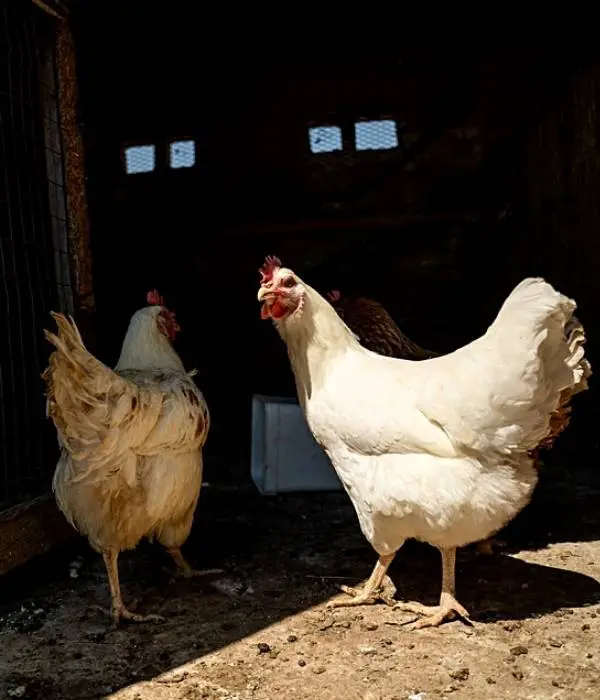
Below are a few common advantages of raising sex-linked Amberlink chickens:
Indeed, here’s a more extensive explanation for each point:
- Excellent Egg Layers: Amberlink hens lay 200–300 eggs per year. They start laying eggs at five months, or 18–20 weeks. They lay well, making them ideal for individuals who need a continuous supply of eggs.
- Unique Appearance: Amberlink chickens have white feathers with red-brown spots. The hens have red to amber wings and tails, whereas the roosters have brown to red necks, wings, saddles, and tails. They stand out in flocks with their unusual coloring.
- Pleasant Disposition: Amberlinks are docile and sociable. They are friendly birds who appreciate human interaction, making them great backyard flock members. They follow their owners for attention and love to play.
- Foraging: Amberlink hens forage well. They are better at getting food than most backyard breeds since they roam and hunt all day. This active foraging can also lower feeding costs.
- Adaptability: Amberlink hens can survive colder locations and temperatures. Poultry lovers living in freezing cold climates love their adaptability. They are active, hardy, and can tolerate extreme heat and cold.
Problems in Raising Amberlink Chicken
Here are some common problems in raising hybrid Amberlink chickens:
Indeed, here’s a more extensive explanation for each point:
- Egg-Laying Issues: Amberlink hens lay many eggs, which can strain their body and cause egg binding, prolapse, and peritonitis. Unless addressed immediately, egg binding can kill a hen. Oviduct prolapse occurs when it protrudes through the vent. Ruptured egg yolk causes peritoneal peritonitis.
- Shorter Lifespan: Amberlinks are hybrids and live shorter than pure breeds. Due to gene intersplicing, they cannot live as long as purebred chickens. Although they can live lengthy lives, this is something to consider if you want a long-term pet.
- Nutritional Deficiencies: Amberlinks may have low calcium levels because of their excessive egg production. Weak eggshells and other health issues can result. To support egg production, feed them a balanced diet with sufficient calcium.
- Diseases: Like all poultry, Amberlinks are susceptible to common diseases and parasites. Respiratory disorders, viral infections, and mites and lice are examples. Regular health inspections and preventative measures can keep your flock healthy.
- Stress: High egg production might stress Amberlinks and cause depression. Stress in hens can cause feather loss, decreased egg production, and behavioral changes. Stress can be reduced by creating a peaceful environment.
Also read: Best vitamin and minerals for chickens
Care Guide for Amberlink Chicken
Here are some of the tips that you might consider before breeding these unique link chickens:
- Please provide them with plenty of water; the amount in the container should depend on the poultry amount. For 25 chicks, roughly offer one gallon of water and provide room temperature water. Streseez Plus should be added to their drinking water.
- Please provide at least 18 to 24% protein in their starter, especially to the chicks and fed this to them for the 1st six weeks, and later, during the growth stage, reduce the protein content in their starter to 16 to 18%.
- For bedding, use dry litter like pine wood shavings and chopped straw. It is better not to use newspapers or any slick material, as this may cause their legs to slip out from underneath, which may cause serious leg problems. It advised the chicken keepers not to use cedar chips, dusty sawdust, and sizeable thick wood chips for bedding. Here is a guide on the best chicken bedding.
- When you buy a few Amberlink chicks, ensure the brooder space is clean and thoroughly disinfected before using that space.
- To prevent drafts, use solid walls or a partition around chicks. You can use a good brooder house. At first, hang the heat lamp about 18 inches above the floor. Place a thermometer near the chicken bedding, read 95 degrees directly, and raise the brooder light every 3 to 4 days to reduce the heat level.
- Keep them safe from dogs, cats, and any rodents. For this, you can use good fencing around the chicken coop. Here is our guide on chicken wire and hardware cloth.
Conclusion
If you’re looking for a chicken breed that can provide a steady supply of eggs and is easy to care for, Dekalb Amberlink chickens could be a great choice.
They’re friendly and sociable birds that enjoy human interaction and are known to follow their owners around. They’re also excellent foragers and exceptionally resilient, able to survive in hot and cold extreme conditions.
However, if you’re looking for a long-lived pet or breed less prone to health issues, you might want to consider other options.
Amberlinks are a hybrid breed with a shorter lifespan than pure breeds. They’re also susceptible to common poultry diseases and parasites.
In conclusion, whether the Dekalb Amberlink chicken breed is right depends on your needs and circumstances.
If you value high egg production, friendly disposition, and adaptability over longevity and disease resistance, then Amberlink chickens could be an excellent addition to your flock.
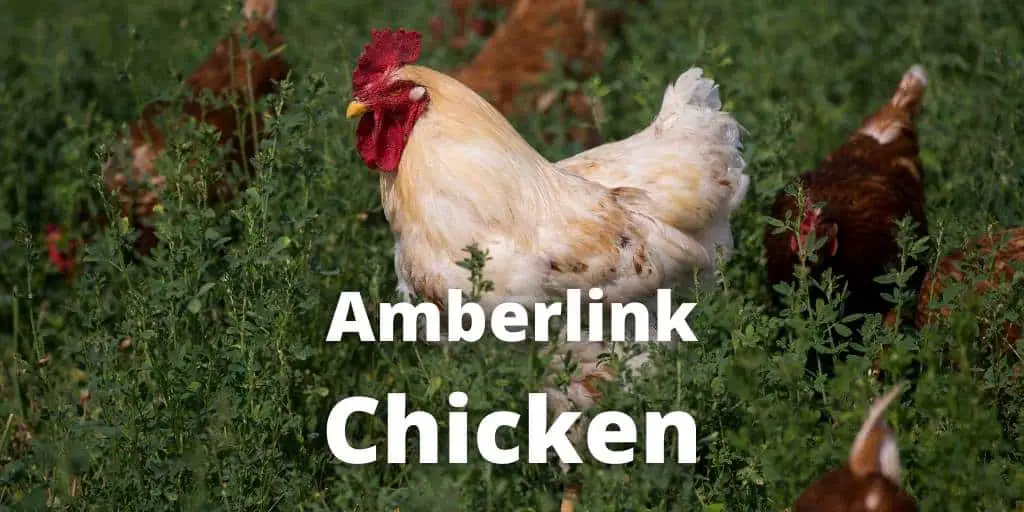
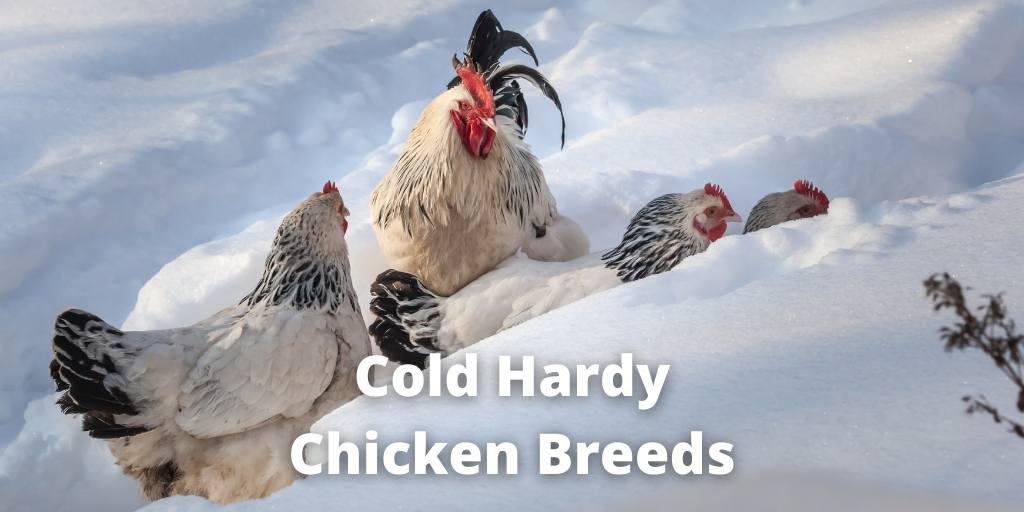
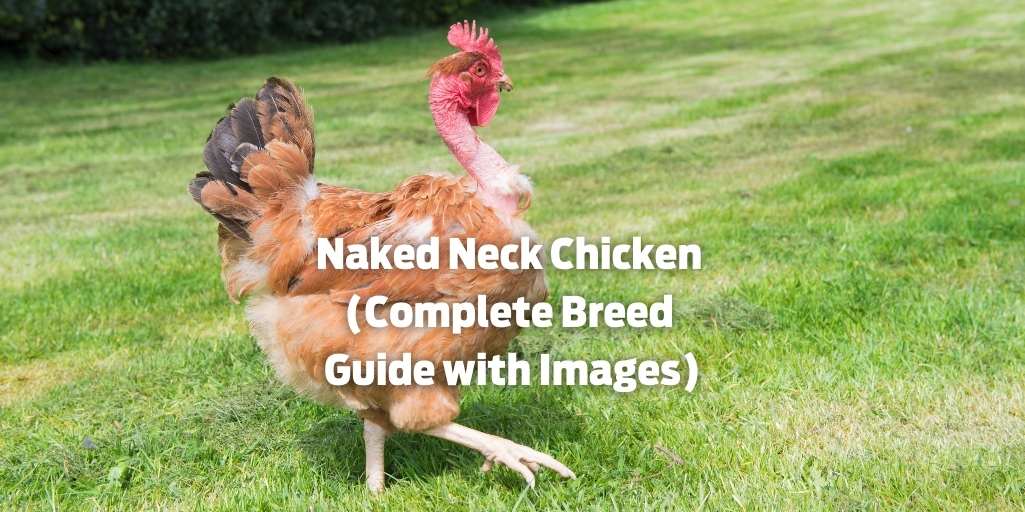
Thanks very much for this information, I will go for this Layers as winter is approaching.